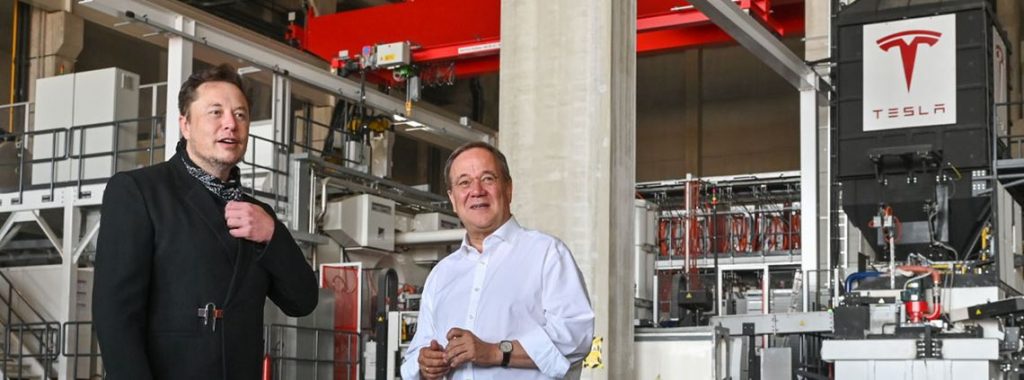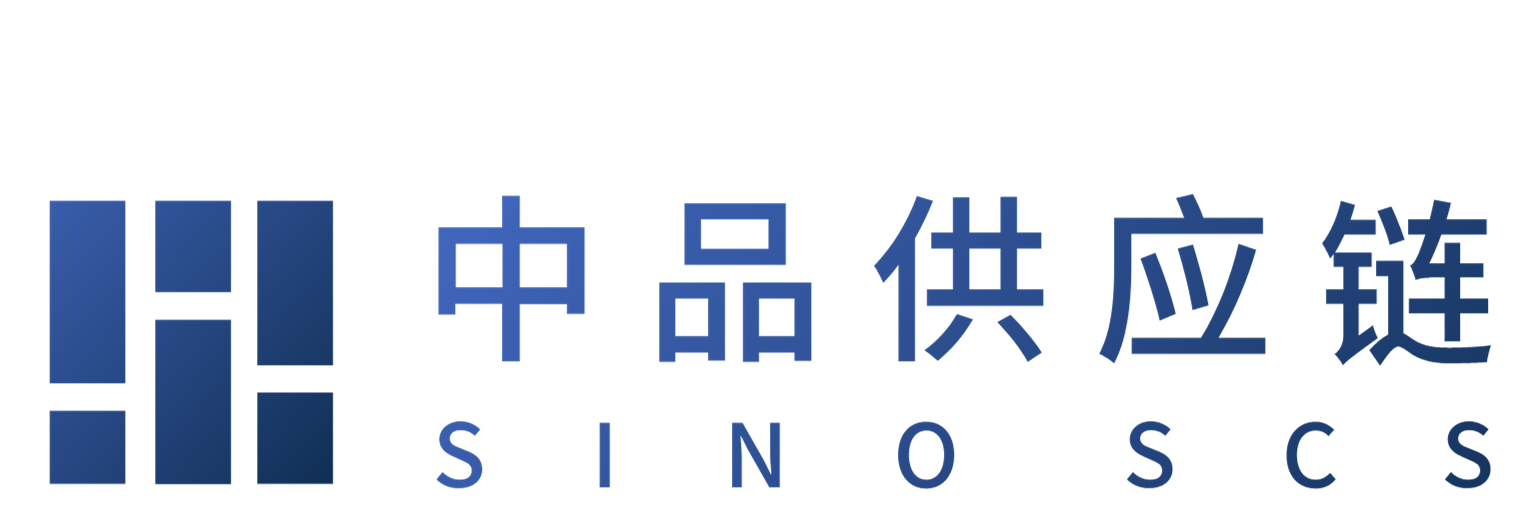How did Tesla increase production in the face of ‘supply chain hell’?

Tesla has overcome “supply chain hell” to report strong production figures through measures including greater efficiency and improved factory processes.
Tesla CEO Elon Musk told an earnings call the company had tackled the semiconductor shortage by reducing the amount of chips in cars and increasing the work done by a single chip.
Musk described 2022’s second quarter as “one of the strongest quarters in our history,” despite the closure of the Shanghai factory due to Covid lockdowns, and added he expected to break production records in the second half of the year thanks to ramped-up manufacturing.
“The past few years have been quite a few force majeures and it’s been kind of supply chain hell for several years,” Musk admitted. “But in spite of all these challenges, it was one of the strongest quarters in our history. Most importantly, in June, we achieved production records in both Fremont and Shanghai. And as a result, we have the potential for a record-breaking second half of the year.”
The company increased production in its Berlin and Texas factories, as well as continuing to expand capacity in Fremont and Shanghai. “We wanted to become the best manufacturer in the world and that is somewhat counterintuitively, I think, our strongest competitive advantage. We are super pro-manufacturing here at Tesla. And in general, we want to encourage other companies to be super pro-manufacturing.”
In June in an interview with Tesla Owners of Silicon Valley, Musk called the Berlin and Texas factories “gigantic money furnaces”, admitting they were “losing billions of dollars… There’s a ton of expense and hardly any output.”
Now however, the factory in Berlin has met its 1,000 cars per week milestone, and Musk expected Texas to match in the coming months.
Zachary Kirkhorn, CFO of Tesla, added: “The temporary decline in Shanghai production volume meaningfully impacted margin, including idle capacity and factory restart costs and also had implications on the mix of regional deliveries. Additionally, as discussed on previous calls, we are working through the ramp inefficiencies of our new factories, which are progressing well, but have had an impact on margin as those factories come online.
“While we continue to see a benefit from higher pricing flowing through, which experienced some foreign exchange-related headwinds, our cost structure continues to experience cost increases from inflation, commodities and logistics.”
Musk went on to say he did not expect Tesla to make semiconductor chips itself as there was currently no need. He explained the latest generation of chips were more stable, but there was still “some tightness” in older generations.
One benefit of the chip shortage, Musk continued, was the pressure it put on software teams to become more efficient. “One of the ways that we have been able to address supply chain issues on the chip front is by rewriting software to be able to use different chips, or in some cases, achieve dual use of a single chip, which is even better. And actually, quite frankly, the chip shortage has served as a forcing function for us to reduce the number of chips in the car.”
Tesla’s second quarter ended with an EBITDA of $3.8bn, an increase of 52% year-on-year, but a reduction from its first quarter 2022 EBITDA, which stood at $5bn. It stated profitability was affected by manufacturing challenges related to shutdowns, global disruption, labour shortages and logistics, as well as impairment of its bitcoin holdings.

